5 Brands That Stole My Heart: Victoria Paltilov Reflects on Milan Design Week
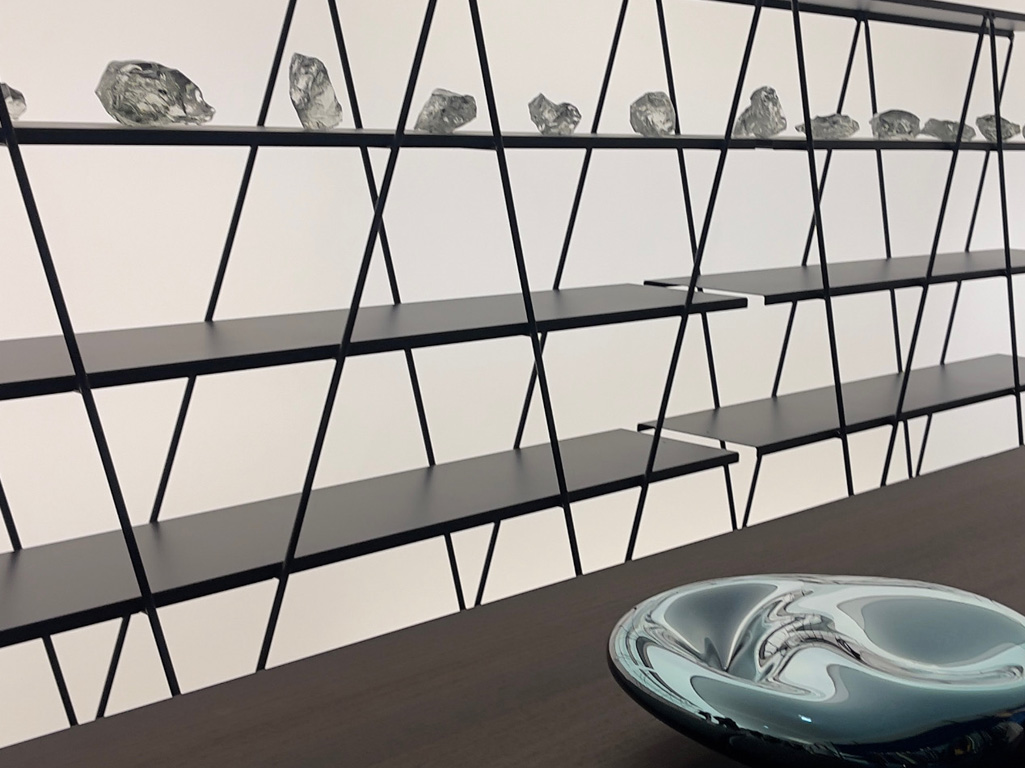
This year’s Salone del Mobile was truly impressive in its scale and energy — 16 halls, 169,000 square meters of exhibition space, and nearly 300,000 visitors from around the world over just six days (in comparison to 60,000 visitors in 2021). It’s one of the biggest and most influential events in the design world, bringing together top designers and brands to present the most cutting-edge ideas.
We spoke with Victoria Paltilov, Licensed Architectural & Interior Designer, who shared her impressions of the fair, key trends, and the brands that stood out to her most
Victoria , first of all, thank you for sharing! Tell us a bit about yourself — your experience in the profession and what brought you to the exhibition.
I’m really happy to share with you my impression and thoughts! I’ve been working in the field of architecture and design for over 10 years, specializing in creating unique interiors and also handle building permits in Israel.
I try to visit Salone del Mobile annually because it’s one of the most important design events in the world. It’s a great place to discover new trends and find inspiration for future projects.
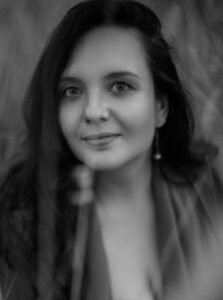
Exhibition: Salone del Mobile | Euroluce
Location: Milan, Italy, Fiera Milano exhibition center
Dates: April 8–13, 2025
Organizer: FederlegnoArredo Eventi, part of Milan Design Week
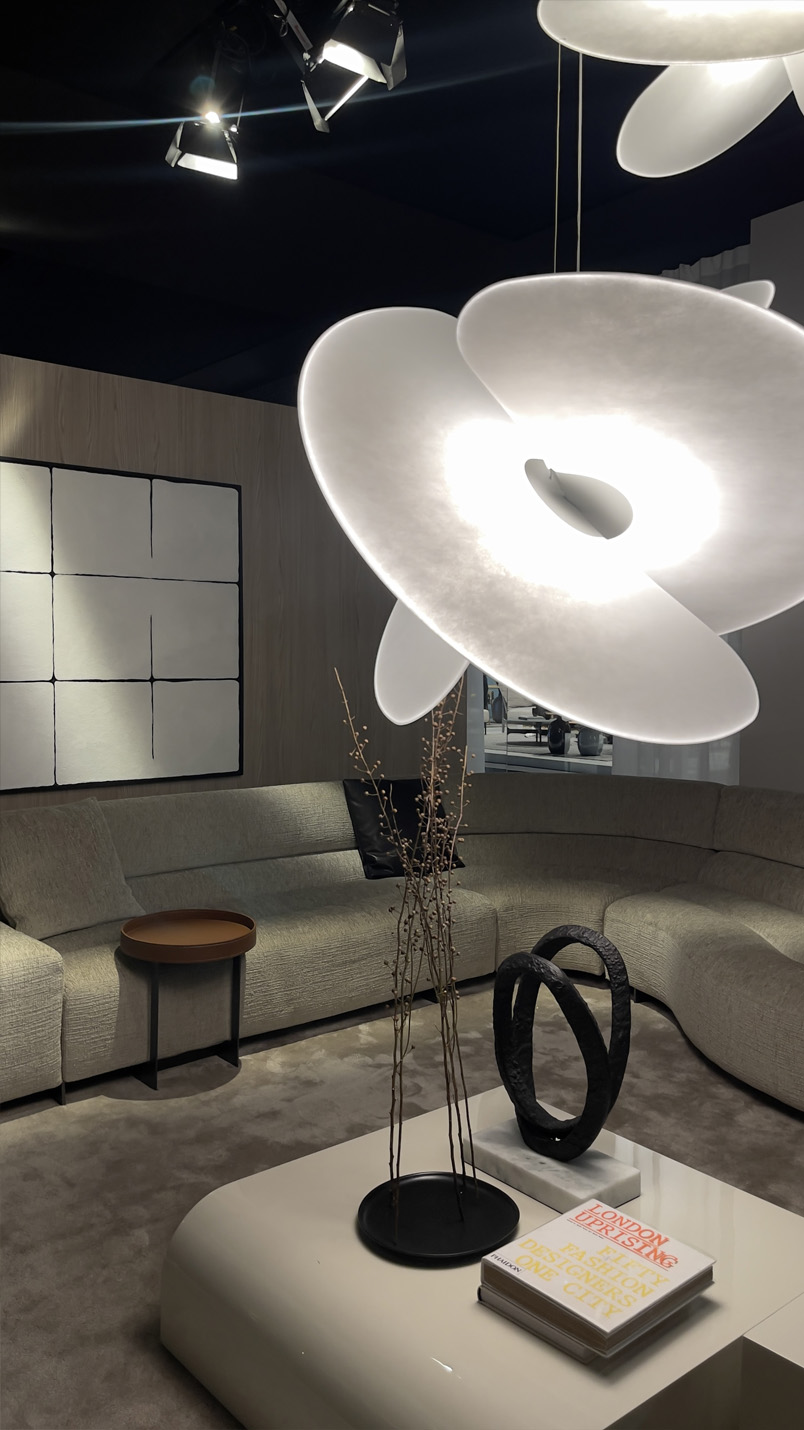
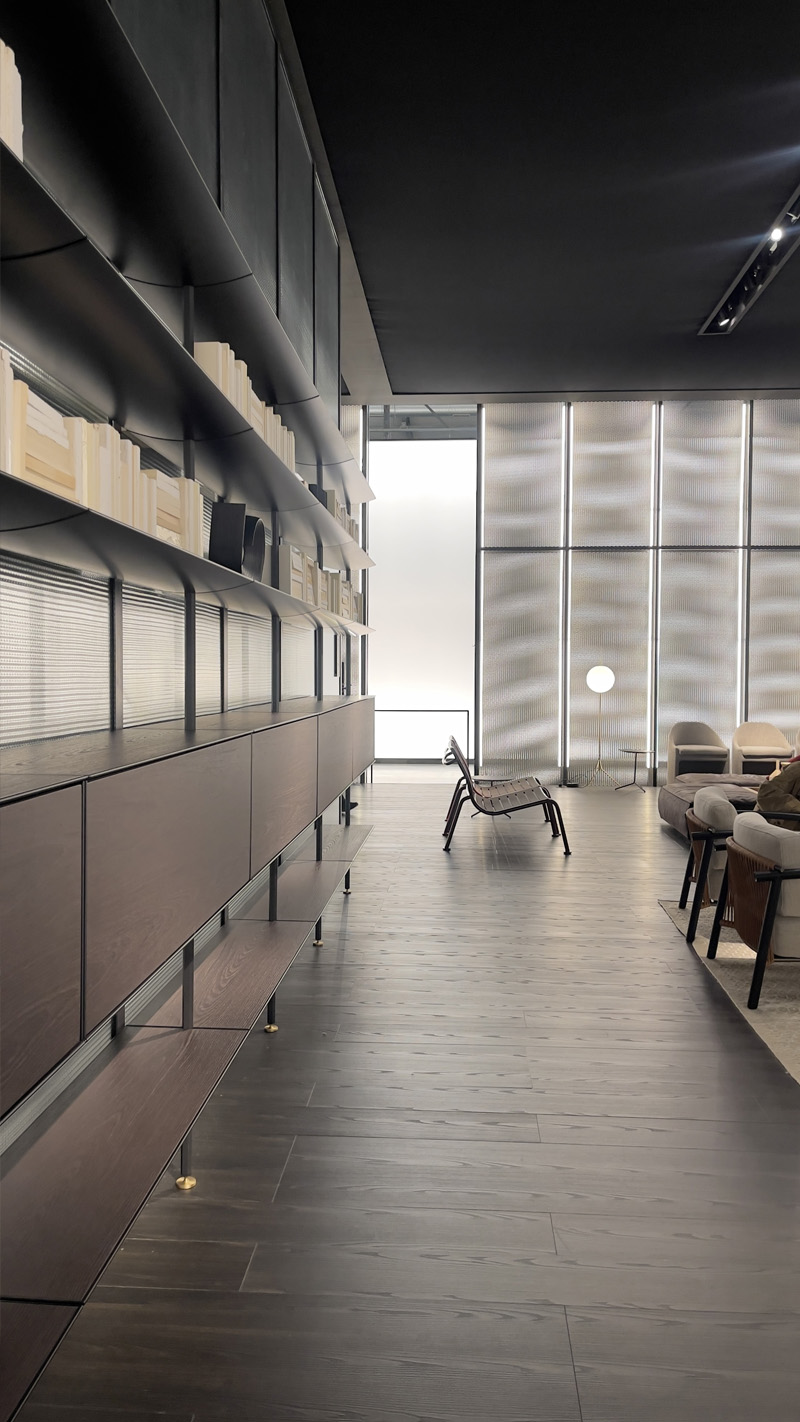
What three words would you use to describe the exhibition?
I would say – lively, inspiring, expressive.
What was the main theme or concept behind this year’s exhibition?
Emotion as the main tool of expression. The interior becomes an installation, creating an emotional experience.
Which trends did you notice across the exhibition?
I have identified 6 main points for myself :
- Light as a sculptural element
Compared to previous years, lighting has become even more architectural and expressive. Brands like Terzani Light, Emotional Lighting, and United Alabaster presented fixtures that look like pieces of modern art. Soft, layered lighting, reflections, and shadows turn light into the focal point of the interior.
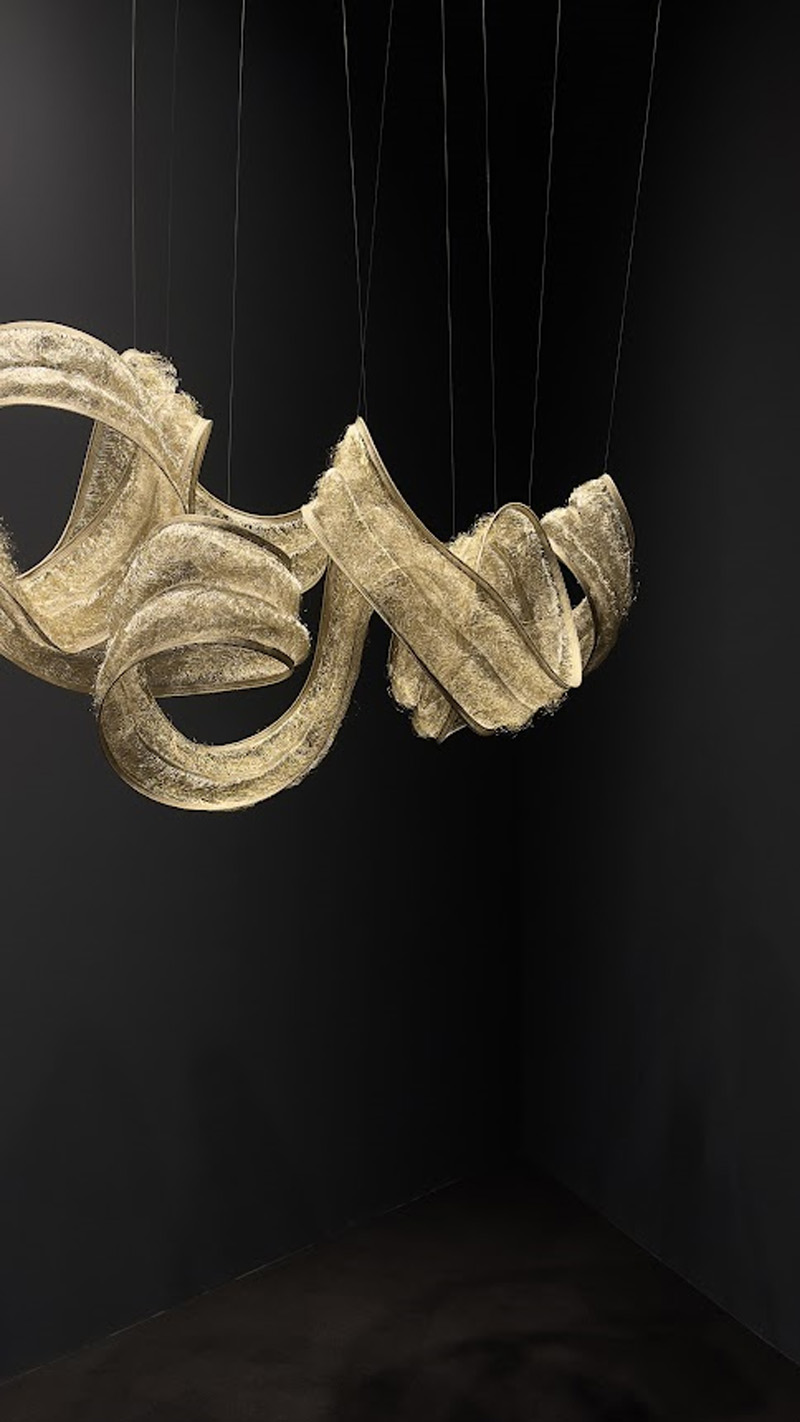
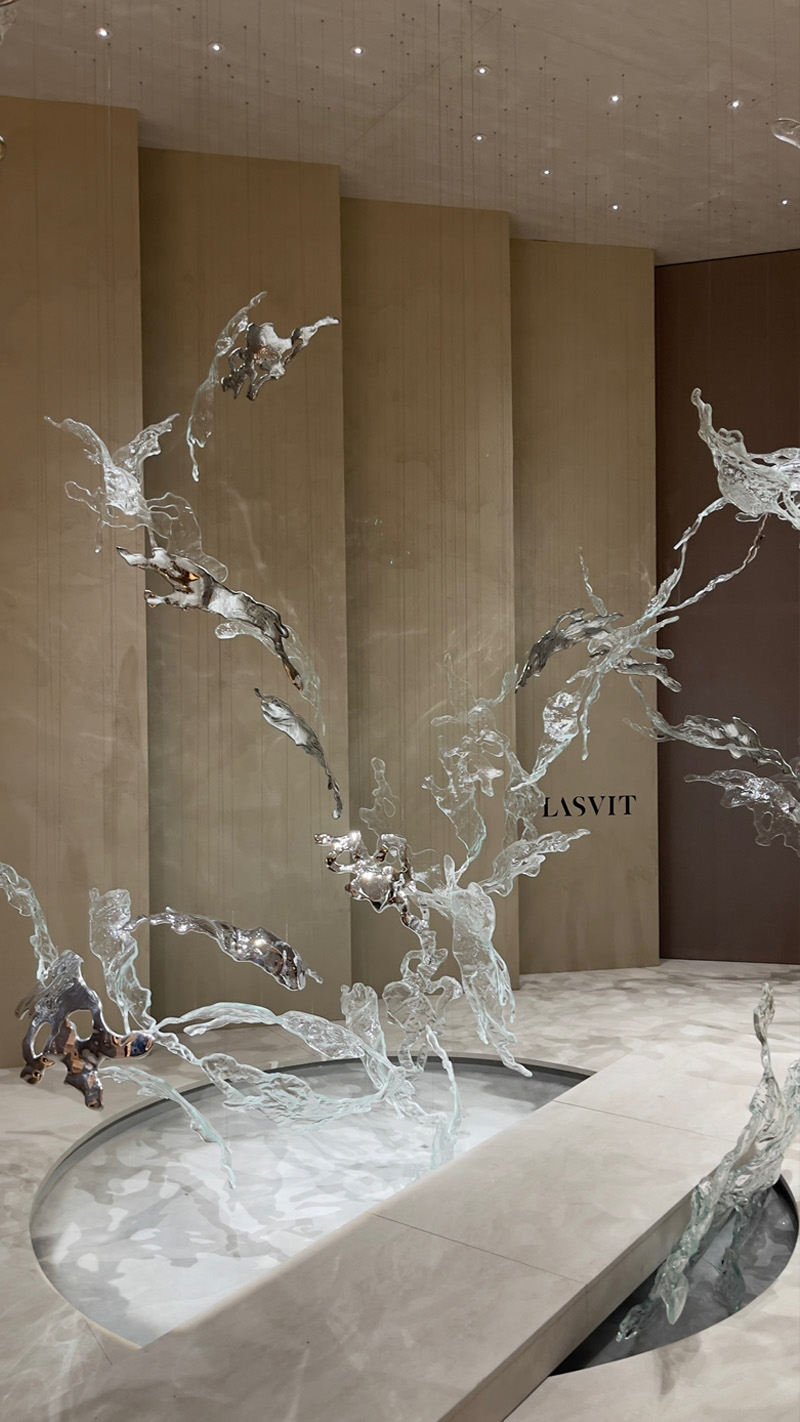

2. Architectural, rounded forms
Furniture is becoming more substantial. Many collections are moving from modular seating to large, unified systems — a single big sofa instead of separate parts. Many pieces no longer have visible legs, giving them a low and monolithic look. Sharp lines are giving way to curves. Armchairs are mostly rounded now, and coffee tables have smooth edges and soft geometry.
3. Natural materials
Designers are focusing on natural materials like wood, stone, leather, glass and metal. Tempered glass often has textured surfaces — frosted, tinted, or patterned. Metals are cooler in tone with matte or satin finishes. Brass and gold are fading into the background, while silver and dark chrome are making a comeback — a cooler shine replacing glossy luxury.

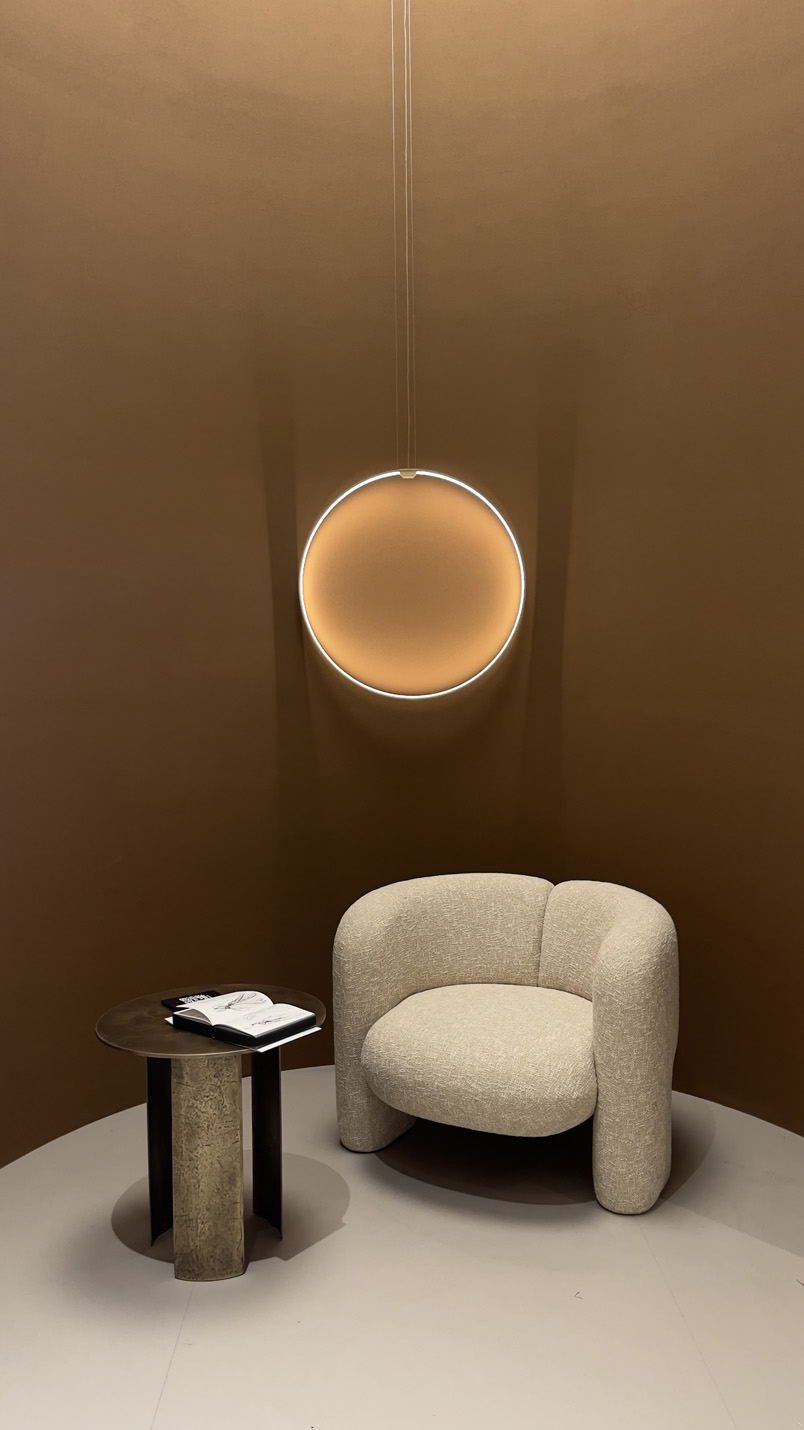
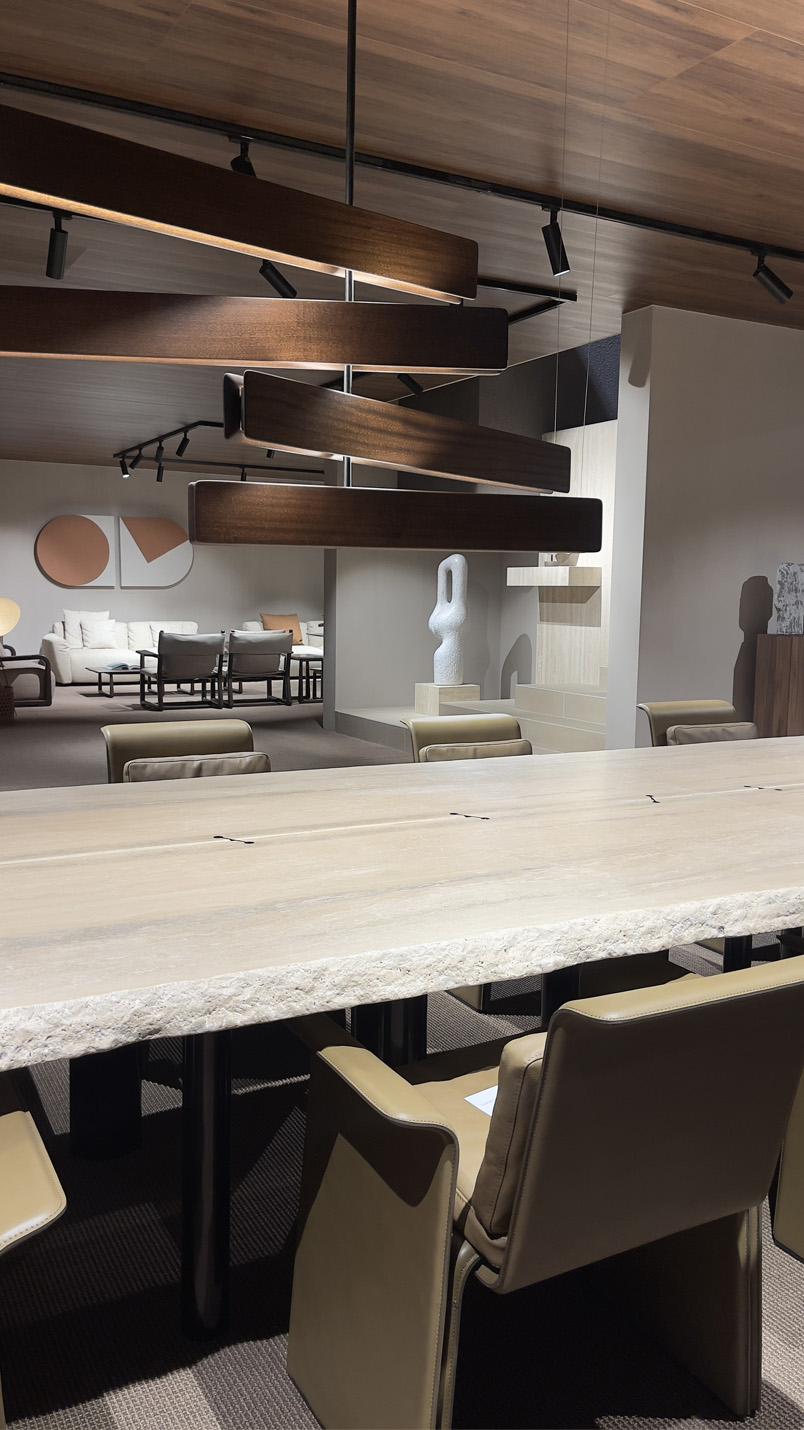
4. Deep and rich colors
The color palette is shifting from neutrals to more expressive tones. Natural shades like beige, sand, and wood tones are still present, but bold colors are more common now — ultramarine, terracotta, burgundy, emerald green. Desalto, for example, mixed cobalt blue with emerald green to highlight industrial aesthetics and the strength of materials. Even brands like Ethnicraft, known for their light woods, are showing more dark wood pieces. Rich, deep wood tones like walnut, oak, and charred textures are becoming statement features.
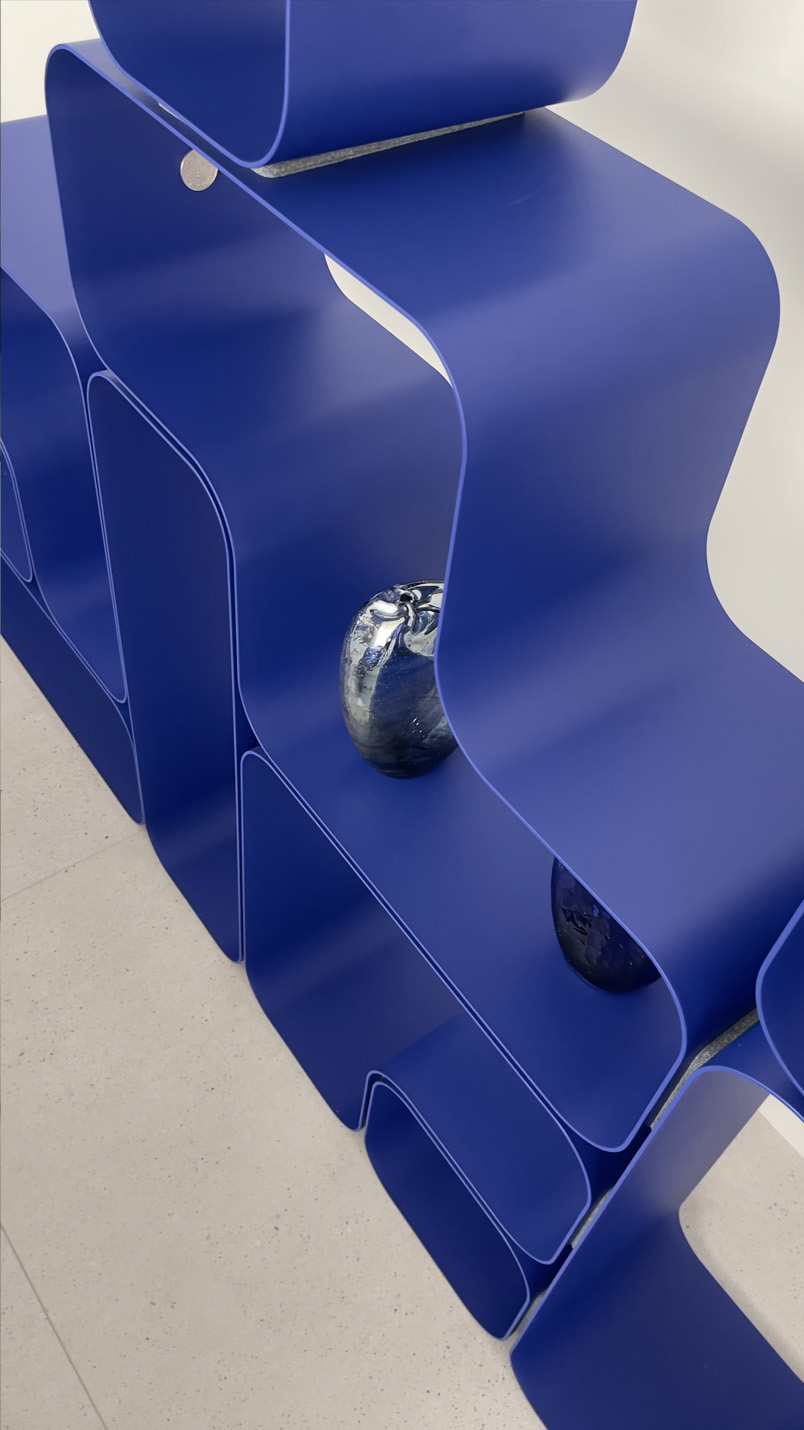
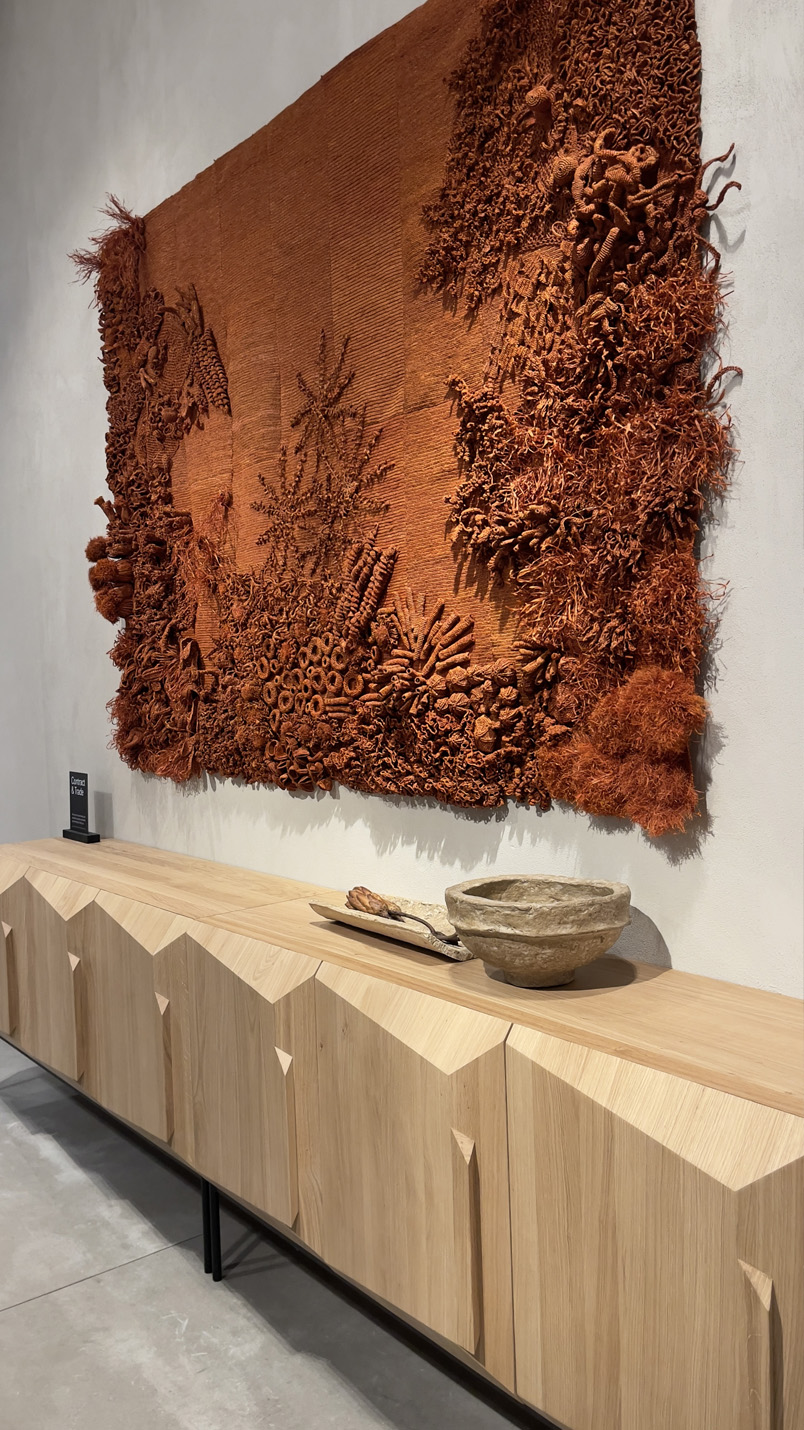
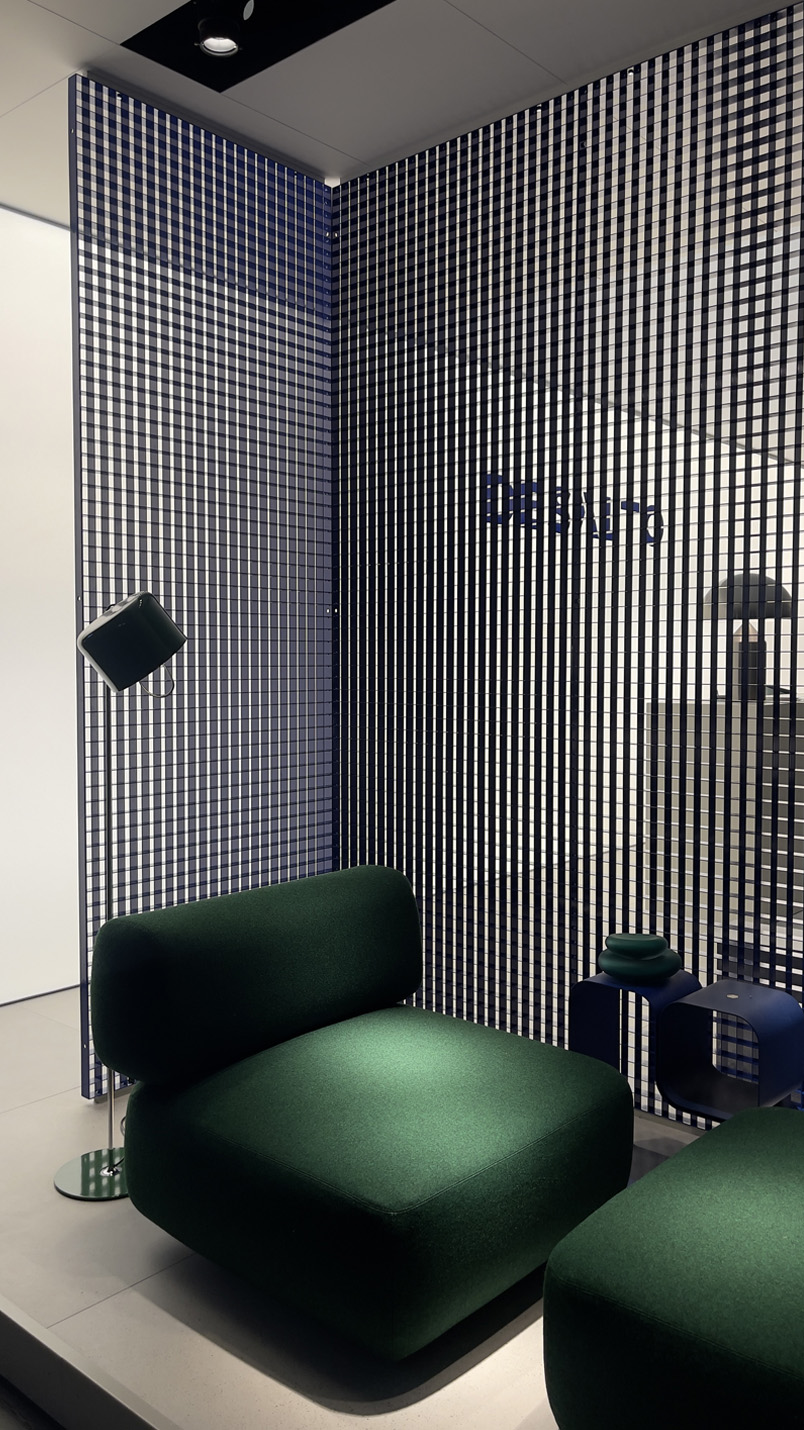
5. Blurring the line between indoor and outdoor
More brands are designing furniture that fits both indoor spaces and outdoor terraces. Sofas, chairs, tables, and even lighting are now visually indistinguishable from indoor models, but they’re built to handle outdoor conditions. The line between “indoor” and “outdoor” is getting thinner.
6. The fusion of art and design — interiors as galleries
Booth designs felt like curated exhibitions — lots of open space, large-scale objects, monochromatic palettes, dramatic lighting. There’s more conceptual thinking and artistic expression. Brands like Vibia, Dresswall, and Exteta presented furniture and lighting not just as functional objects, but as emotional interior installations.
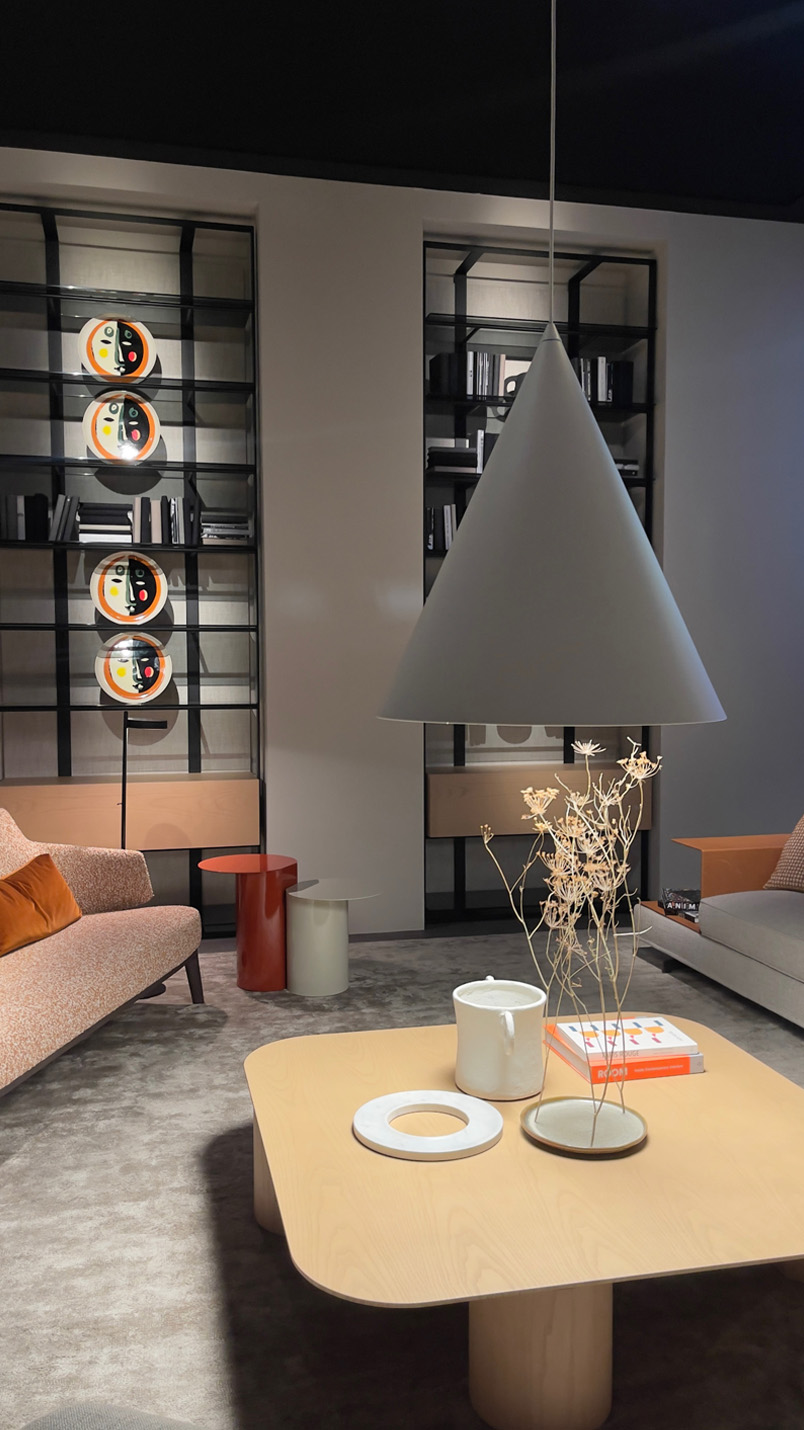
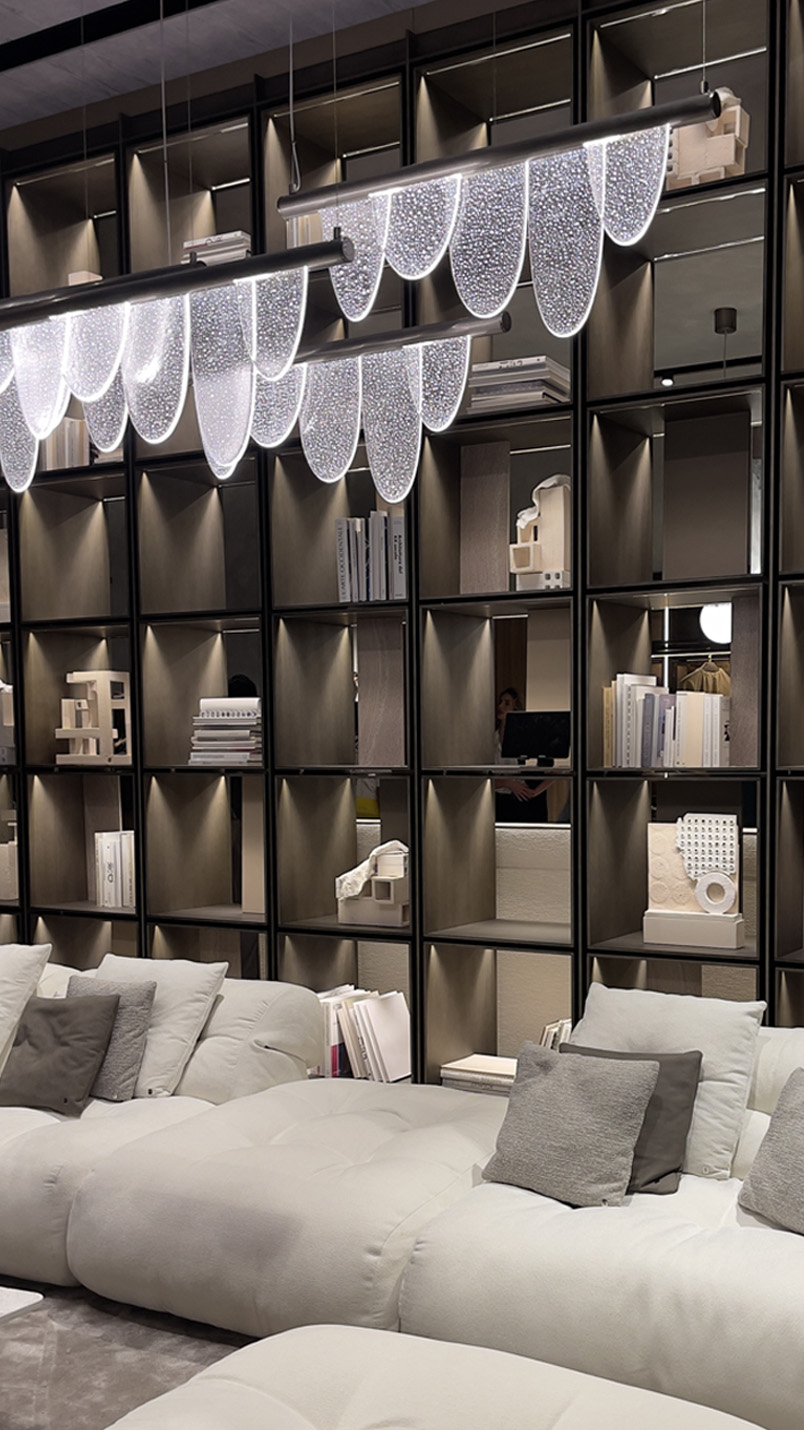
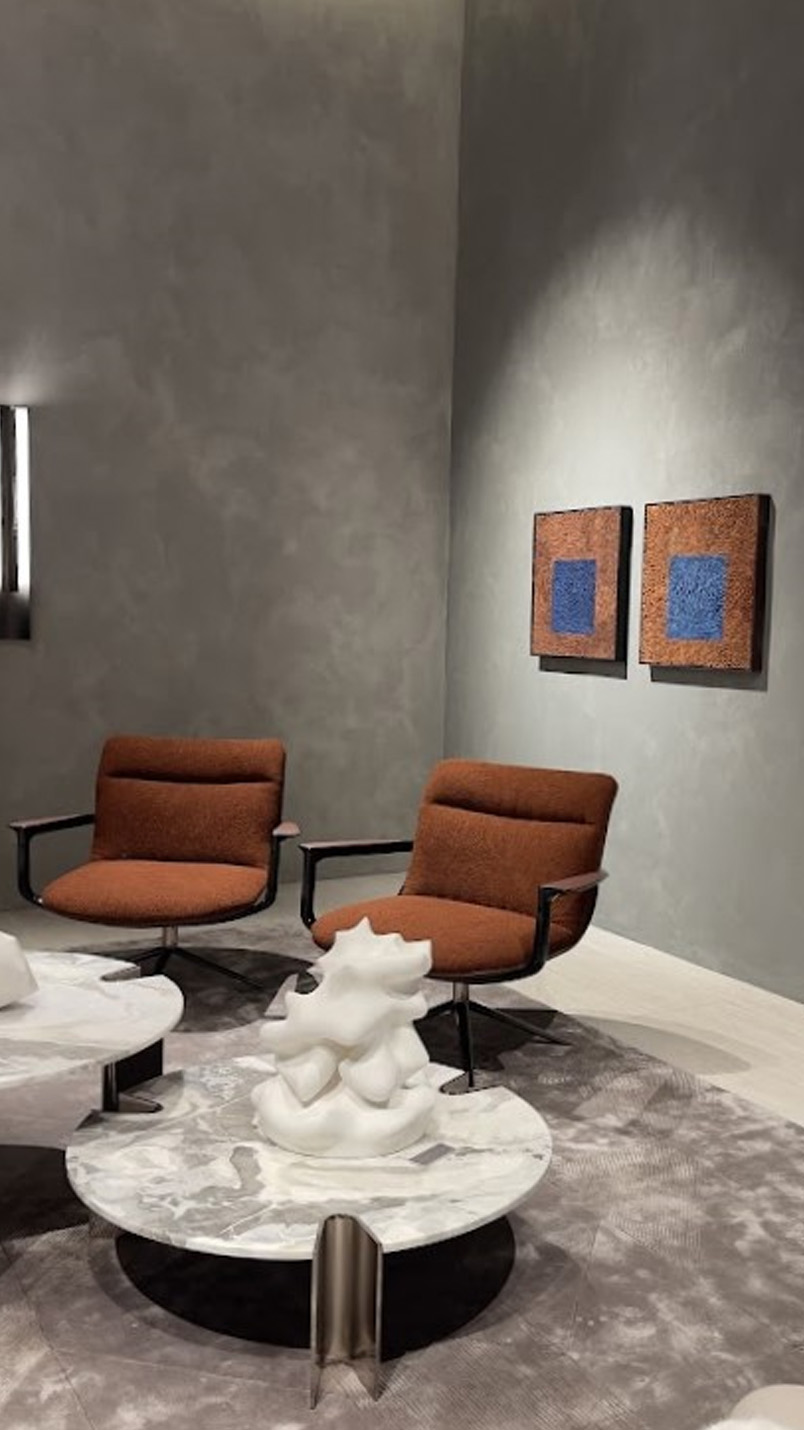
Which 3–5 objects or brands caught your attention and why?
Good question! Honestly I liked a lot of brands and ideas. But there are 5 brands that I especially remember and which I would like to highlight:
Vibia
https://www.instagram.com/vibialight/
A global brand based in Barcelona, known for its minimal and atmospheric lighting. Their fixtures work both as background lighting and statement pieces. At the exhibition, their booth offered an immersive experience into their aesthetic.
Desalto
https://www.instagram.com/desaltospa/
A brand with a clear identity: conceptual, bold in form and color. Art direction by Francesco Rota. Designers like Nendo and Arik Levy contribute to their collections. Their booth combined new soft seating with metal objects — metal remains their signature material. “Metal is our nature” is still their core message.
A-N-D
https://www.instagram.com/and_light/
A Canadian studio working at the intersection of lighting, architecture, and sculpture. Their designs are known for geometric, almost monolithic shapes where the light source is built into the form. Creative Director: Lukas Peet. Atmospheric, architectural, and striking.
Form Us With Love x Blond Belysning
https://www.instagram.com/formuswithlove/
https://www.instagram.com/blondbelysning/
A collaboration between Swedish studios — a great example of Scandinavian design. Clean geometry, minimalism, thoughtful simplicity, and refined material choices. Their pieces are reserved yet full of character, with every detail serving a purpose.
Martinelli Luce
https://www.instagram.com/martinelli_luce/
An Italian family-run brand founded in the 1950s by architect Elio Martinelli. They combine industrial production with design experiments. Many of their pieces are icons of Italian modernism. For example, Grammoluce is a table lamp made of borosilicate glass, with a fabric-covered top. Glass spheres are placed on top and control the light — their weight and number adjust intensity and temperature. An experimental way of interacting with light.


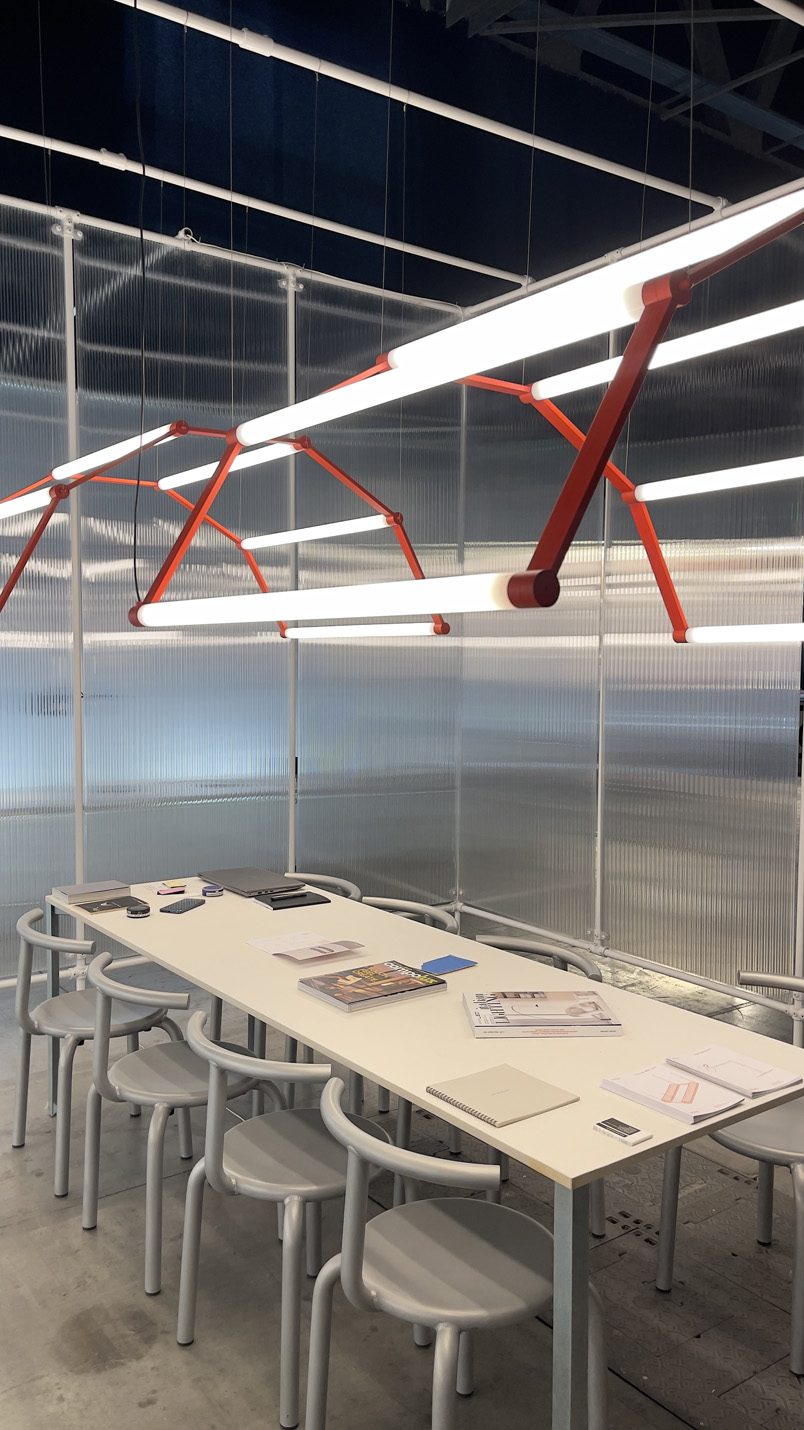
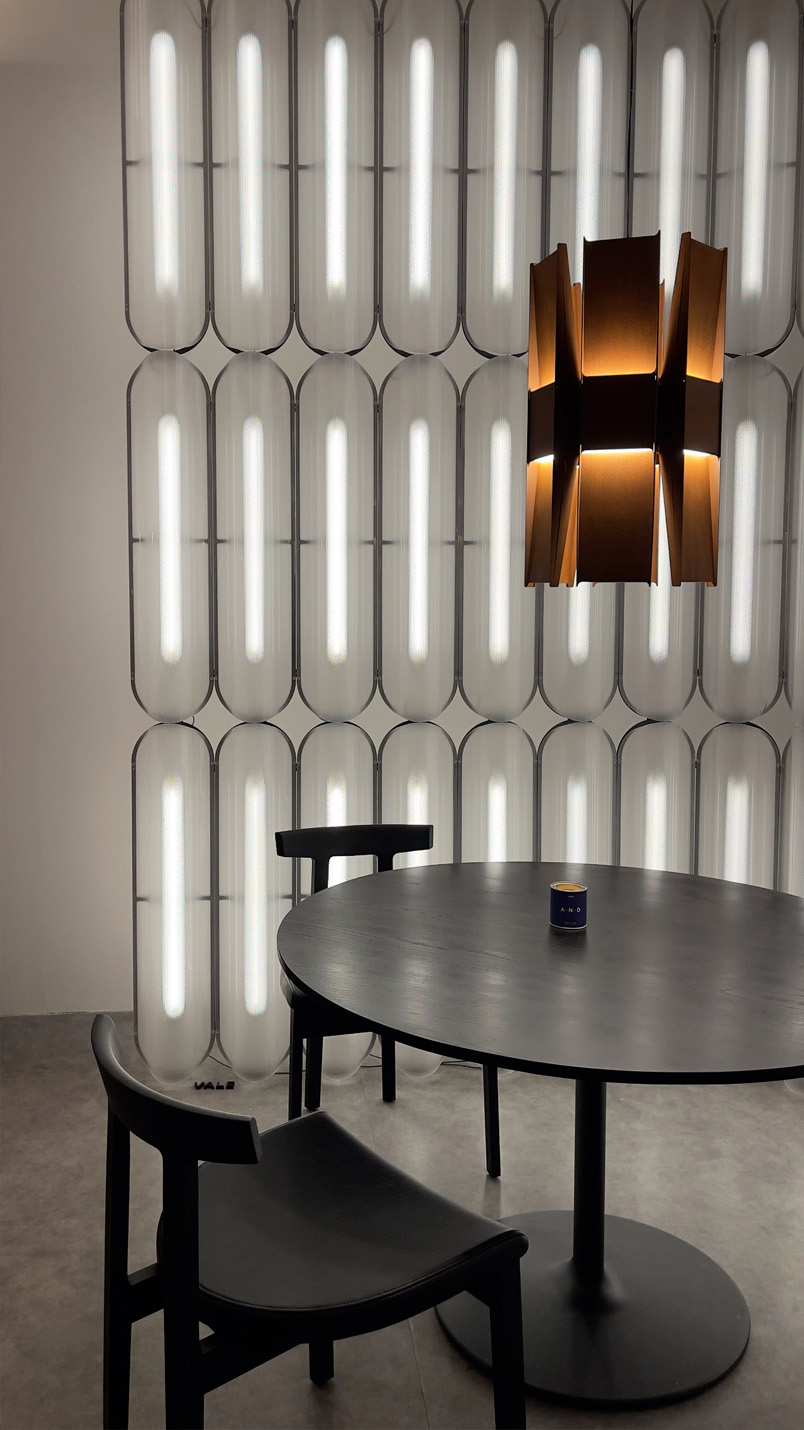
Which 3–5 ideas caught your eye that you would like to implement in your projects?
- Aluminum wall cladding — adds volume and texture to a space
- Cobalt blue paired with minimalism
- Bold, statement lighting — I’d like to experiment more with the scale and placement of lighting in a room